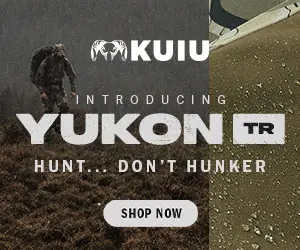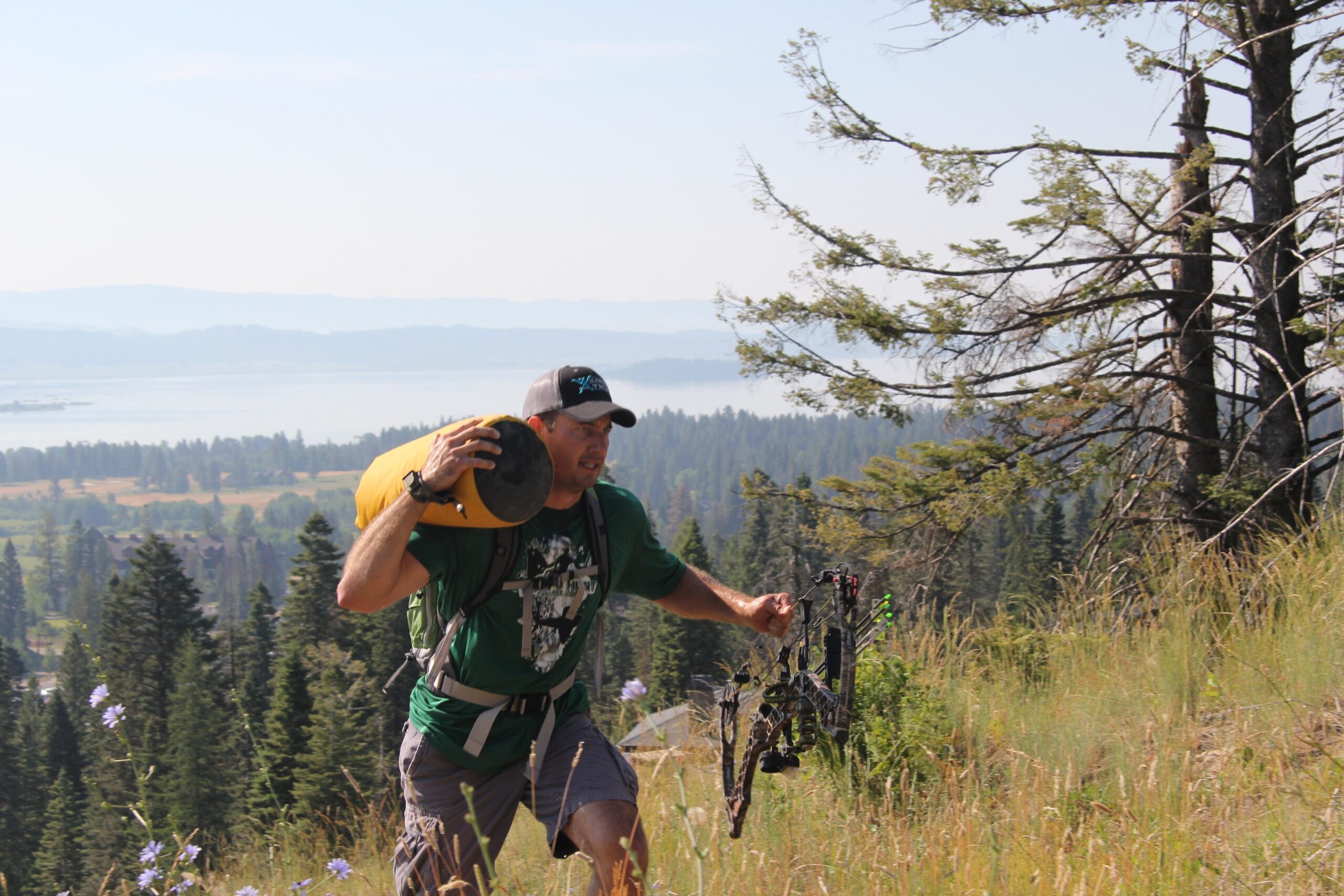
NOTICE: Certain links on this post may earn a commission for Western Hunter Magazine from Amazon or our other affiliate partners when you make a purchase. Thank you for your support.
Training Gear
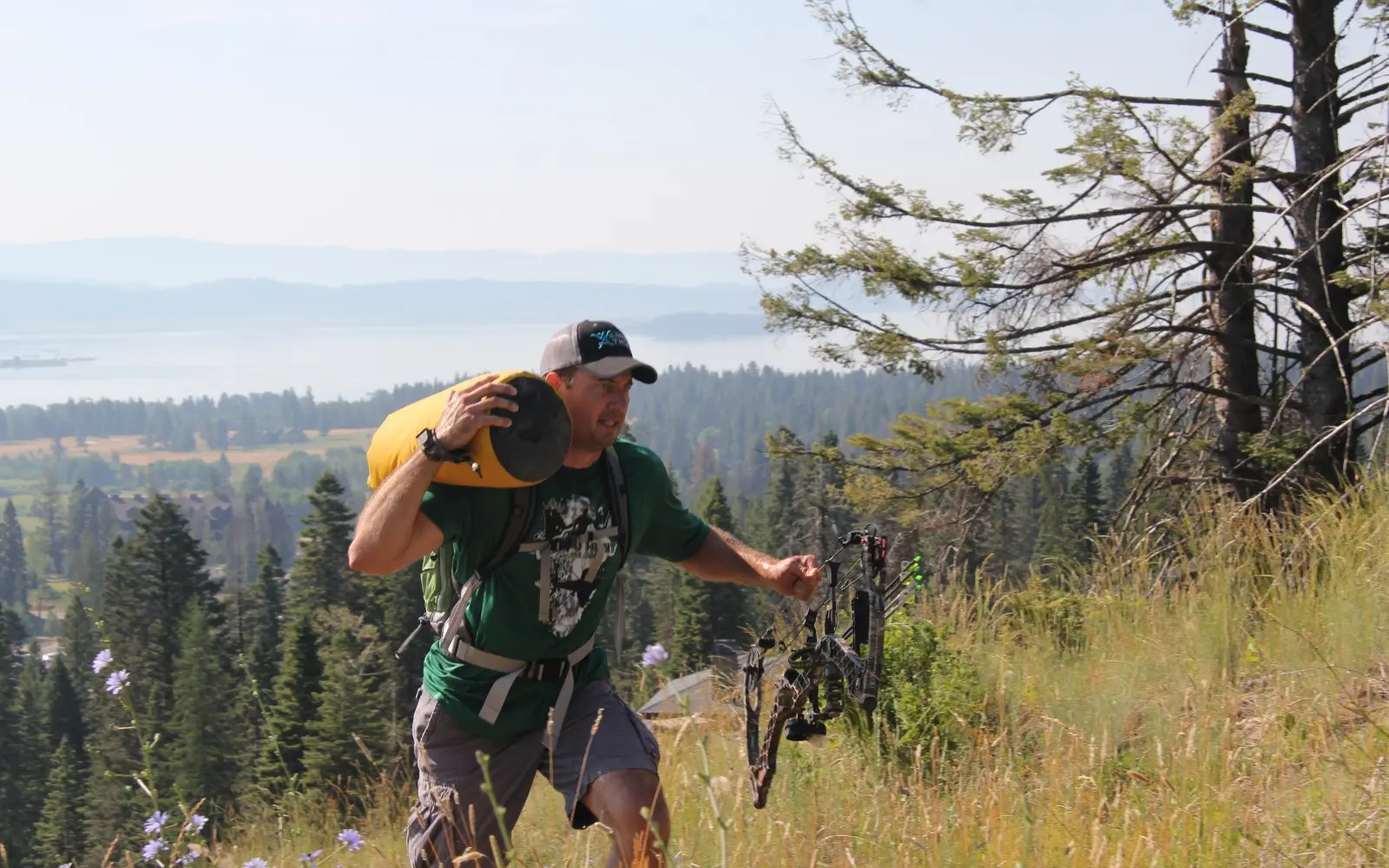
For the western hunter, summertime means training season. Whether you’ve drawn that coveted limited entry tag or are planning a backcountry OTC elk hunt, now is the time to get your body ready for the rigors of a physical hunt. I’ve never heard a hunter say they wished they hadn’t spent the time to get stronger over the summer, but with hunting season still months away, it can be hard to find the motivation to get out of bed a little early or hit the gym after a long day.
One thing that does motivate me is buying new gear. Once I’ve made the investment, I can’t wait to try it out. Here a few things that we’ve been using this year that will help you train to hunt.
Before you read about these products, I highly recommend that you read Coach P’s fitness article in this issue. Digesting his advice should inspire you to develop a plan, and these products will help you execute that plan.
Altra Trail Shoes
I can’t tell you how many times I’ve heard a medical professional say that running is bad for you. How can that possibly be true? The human race evolved by running down prey; that’s what we were born to do. But this evolution occurred while running on uneven ground, over logs, and up and down mountains, not on perfectly flat and hard asphalt.
Trail running forces the body and brain to react quickly to changing terrain, and no two strides are exactly the same. Multiple studies have proven that this type of movement helps reduce the over-use injuries that are associated with repetitive motions like running on asphalt. We don’t hunt on blacktop, so the benefits of trail running become even more obvious.
Good trail running shoes are mandatory, because tackling a muddy, uneven trail in worn-out street sneakers is a prescription for disaster. You need a tough shoe with good soles designed to handle the torsional stress of trail running.
Altra is a relatively new shoe company, but they get it! There are two critical features built into every one of their shoes. First, they employ a zero-drop design, meaning the heel isn’t elevated relative to the forefoot. This “barefoot” design has been proven to minimize foot injuries. Secondly, Altra expanded the toe box of the shoe to allow the toes to relax and move more naturally in the shoe.
Each year, I join a group of sportsmen for an event we call the Rim to Rim to Rim, where we traverse the Grand Canyon all the way down and up the other side, and then all the way down again and back up to where we started…in one day. The trip covers nearly 50 miles and over 12,000 vertical feet of elevation. It might be the ultimate test for a trail shoe. Four years ago, only one person wore Altras. This year eight of us did, and I noticed dozens of other hikers wearing them as well. There wasn’t a single complaint, at least none that involved their shoes!
Altra makes three models of trail running shoes for men and women, with the primary difference being the level of cushioning. You can purchase them directly from Altra at Altra.com or at professional running stores. If you order any shoe online, make sure they fit you right before hitting the trail and exchange them for the right size if needed.
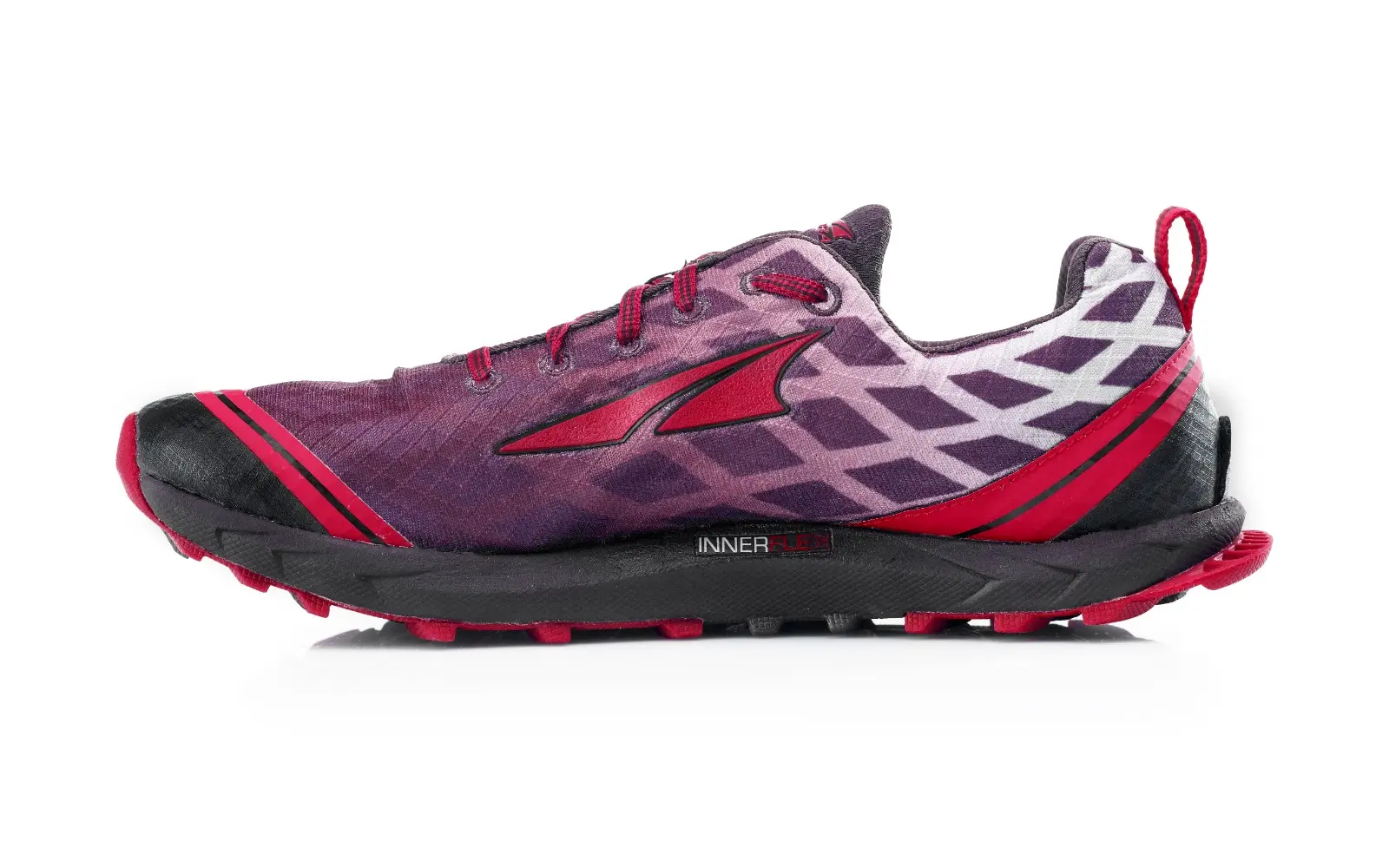
Superior
This model has the lightest amount of cushioning, with a stone guard insole that protects the feet from sharp rocks and roots. The Superior is best for short trails and runners who are lighter on their feet.
Cost: $110.
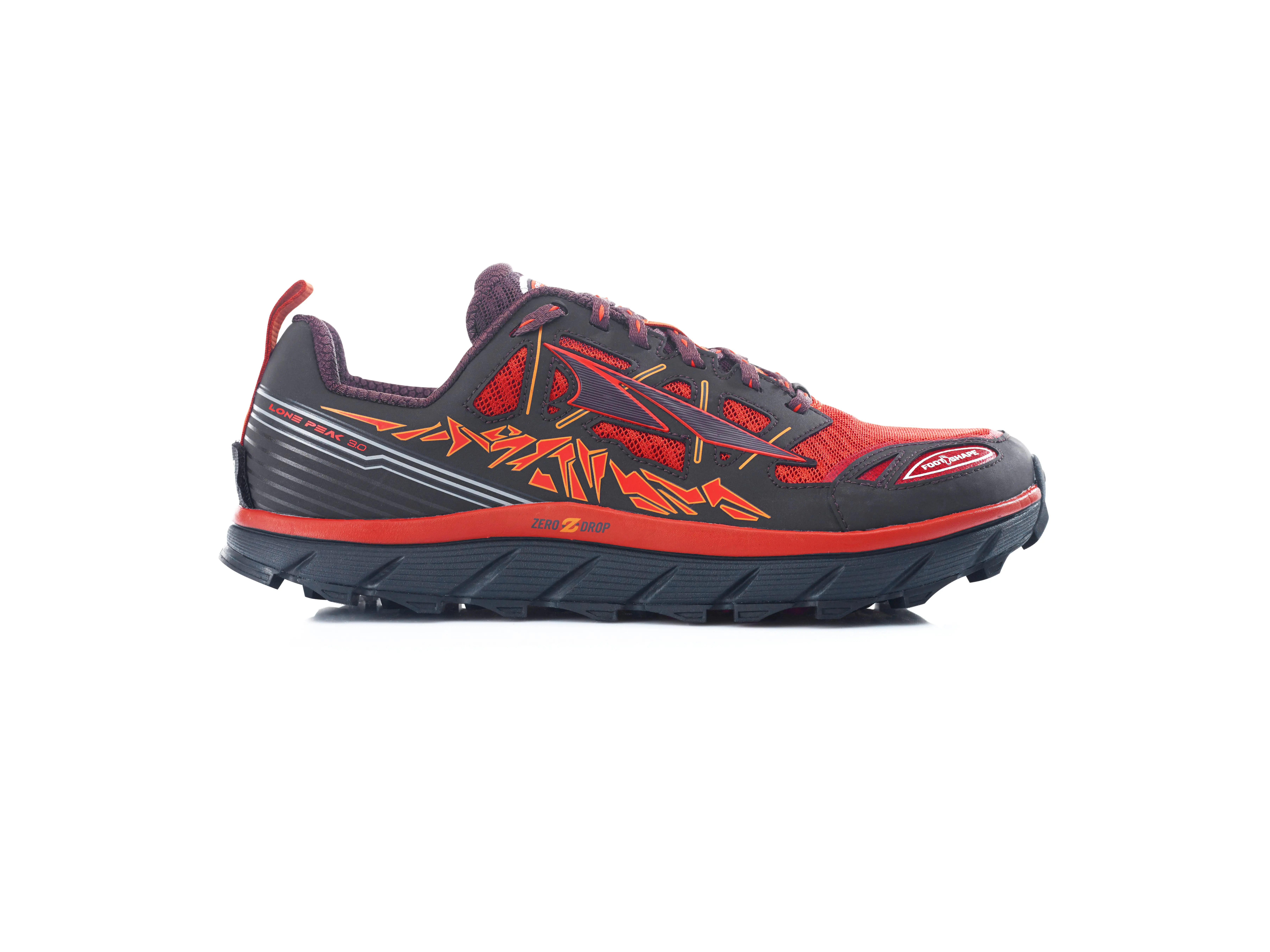
Lone Peak
This has a moderate amount of cushioning and is the most popular model in the line. Most of the Rim to Rim to Rim hikers wear the Lone Peak with great results.
Cost: $120.
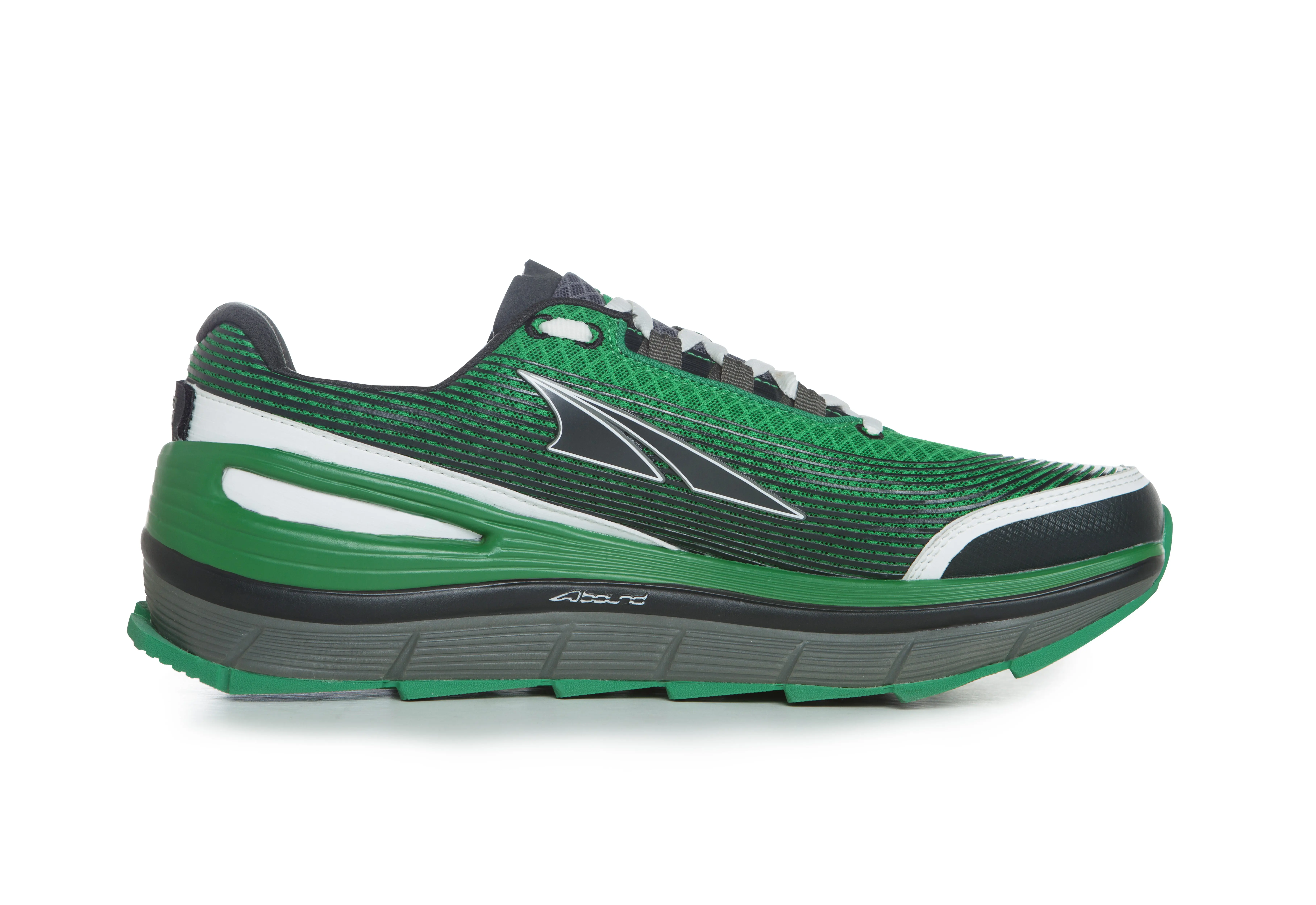
Olympus
The Olympus offers maximum cushioning but is still very lightweight. This is the shoe I wore in the Canyon. This model is amazing at absorbing shock, and you won’t feel a single rock under foot. Due to the elevated sole, some runners struggle with stability in rocky terrain.
Cost: $150.
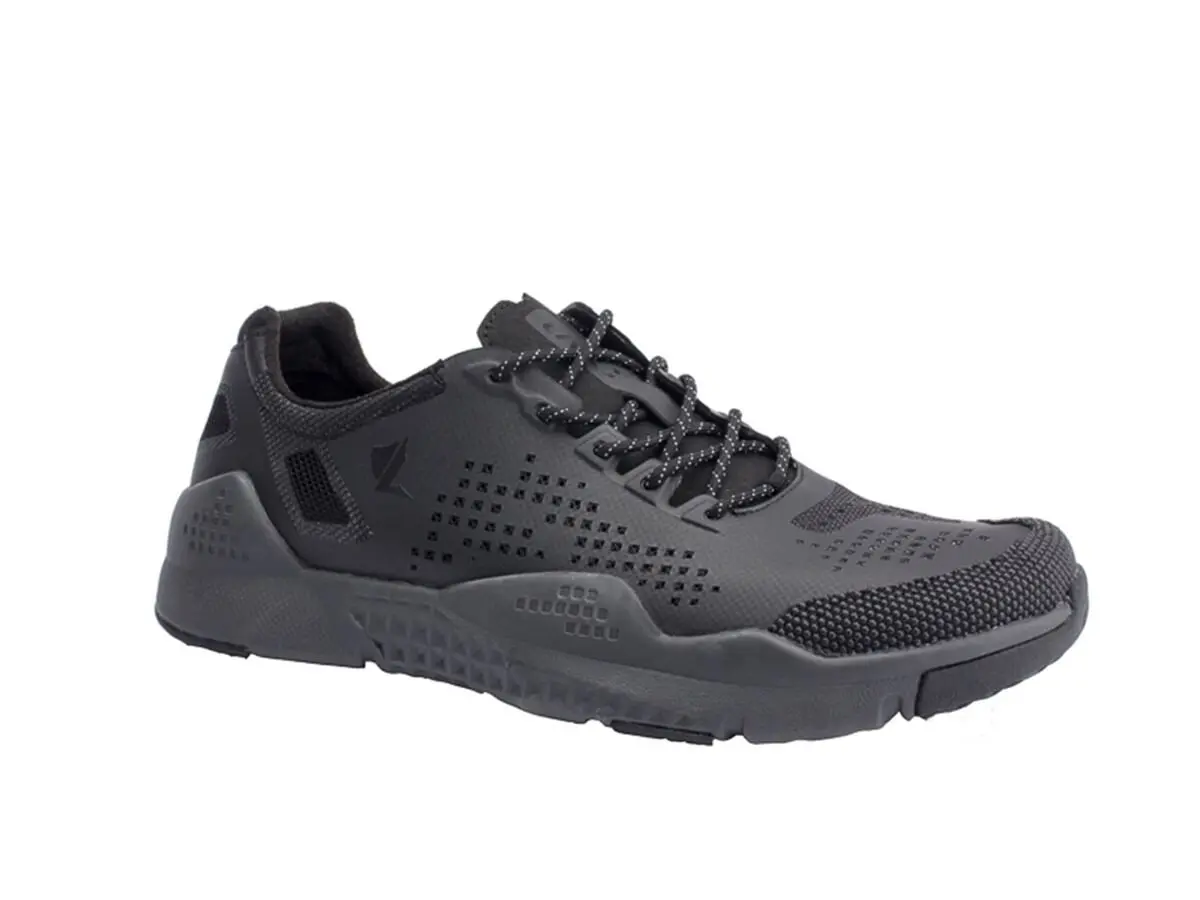
Lalo Buds Grinder
About three years ago, I decided to put more intense focus on getting into “hunting shape”, so the first thing I did was drop my gym membership and signed up for Train to Hunt. Spending hours on a treadmill, elliptical machines, and bench pressing just wasn’t getting my body ready for hours and days with a pack on my back. Train to Hunt workouts involve a lot of bodyweight exercises like burpees and box jumps and it didn’t take long until I was tearing up my running shoes.
I stumbled upon Lalo footwear one day and ordered a pair of their Buds Grinder training shoe. Now I can’t imagine wearing any other shoe during workouts. Everything about this shoe was engineered to handle multi-directional movements. Even the toe cap is coated with a ceramic fabric that is tougher and defies abrasion. Though the Grinder is not a running shoe, it has been more than comfortable on short runs or sprinting drills.
Cost: $130.
Sandbags
Starting a home gym doesn’t need to be expensive. For the amount of money you’d spend on one month at a gym, you can be ready to start. One of the most versatile and recommended pieces are dry bags filled with various amounts of sand. If you think about it, there’s no lifting we do as hunters that involves handles or bars, so picking up a 60-lb. sandbag and loading it into your pack is about as close to hauling out an elk hindquarter as it can get.
The Train-to-Hunt Challenge has been using the same Seal Line dry bags at all of their competitions for over three years, with great results. I’ve used inexpensive dry bags from Walmart for a few years with no problems. A quick search on Amazon will deliver hundreds of choices. For starters, I’d recommend buying one each of 10, 20, and 30-liter bags.
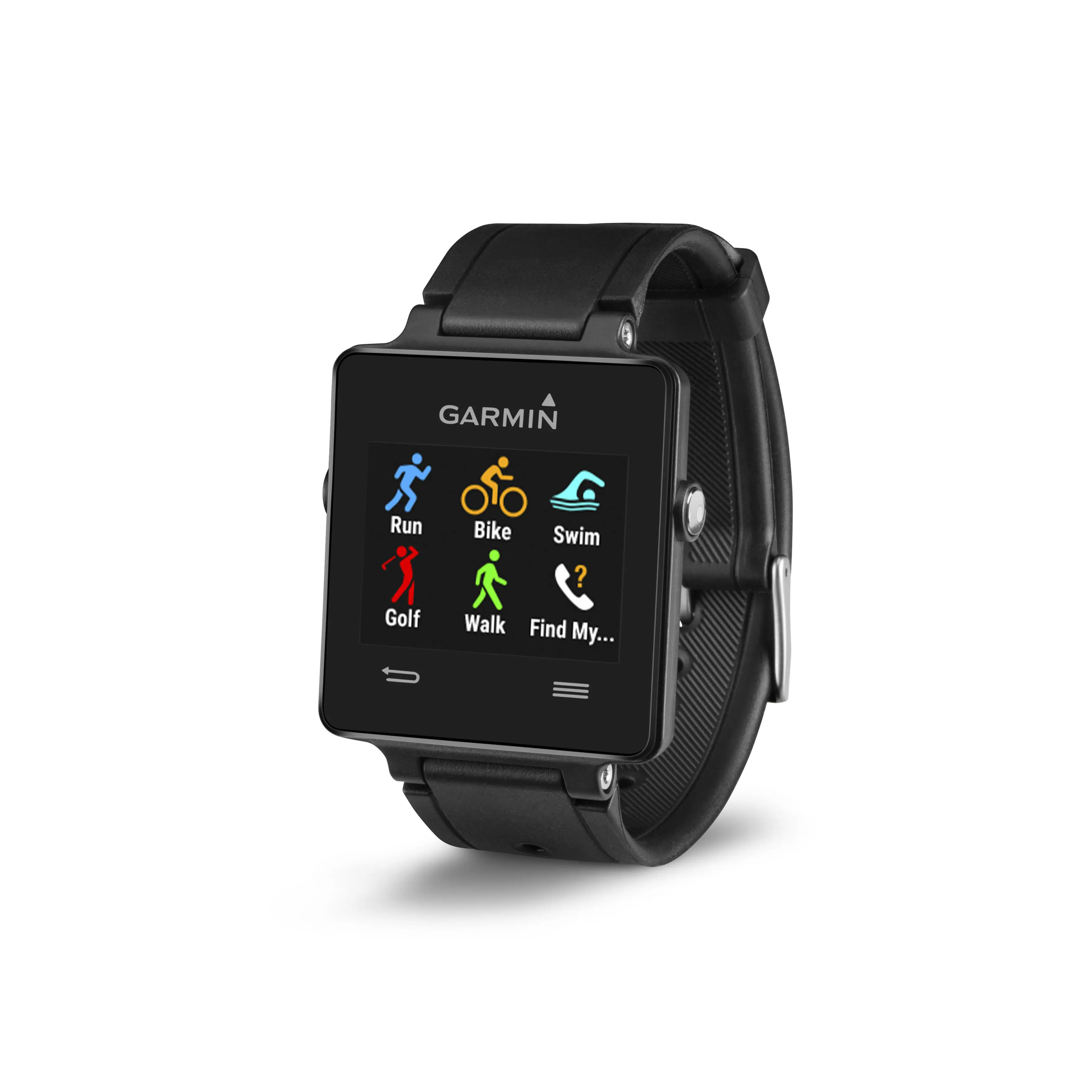
Garmin Vivoactive
By Dave Bond
As mentioned earlier, a group of us from Western Hunter and Elk Hunter magazines tackle the Grand Canyon each spring on our Rim to Rim to Rim adventure. The training for that hike helps keep us in hunting shape for the fall.
Knowing that I track my canyon training like a hawk, my wife bought me a Garmin Vivoactive watch for Christmas last year. Although it took me a few days to get used to the look of the device on my wrist, I quickly realized that this small square piece carried a ton of technology!
The Vivoactive has a GPS built into it, and when paired with a smartphone and the Garmin Connect app, it tracks and logs steps taken, elevation gain, distance ran or walked, calories burned, and more. It even accounts for calories burned while sleeping. The device is versatile enough to monitor swimming, cycling, and indoor workouts.
Since it can be paired with a smartphone, it also allows you to read incoming texts and to see who is calling you. This comes in handy during training if your phone is tucked away in your pack.
Lastly, as an added bonus, if you happen to play golf, the device also serves as a golf yardage guide. There are over 38,000 golf courses available for download and it tells you the yardage to the front, middle or back of the green.
One of the only downsides to the watch is that the GPS drains the battery in approximately 8 hours, so tracking longer or multi-day hikes could be an issue. Overall, if you’re in the market for a good tool to track your training, the Garmin Vivoactive is worth considering.

